Advancements in Biotechnology
The Human Growth Hormone Market is benefiting from significant advancements in biotechnology, which are enhancing the efficacy and safety of growth hormone therapies. Innovations such as recombinant DNA technology have revolutionized the production of human growth hormone, allowing for more precise and effective formulations. This technological progress has led to the development of long-acting growth hormone products, which require less frequent administration and improve patient compliance. Market analysis suggests that the biotechnology sector is expected to grow at a compound annual growth rate of over 7% in the coming years, further propelling the human growth hormone market. As a result, pharmaceutical companies are investing heavily in research and development to leverage these advancements and meet the evolving needs of patients.
Evolving Regulatory Frameworks
The Human Growth Hormone Market is navigating an evolving regulatory landscape that is shaping the availability and use of growth hormone therapies. Regulatory bodies are increasingly scrutinizing the use of human growth hormone, particularly in non-medical contexts such as anti-aging and performance enhancement. This scrutiny is leading to more stringent guidelines and approval processes, which could impact market dynamics. However, the focus on safety and efficacy is also fostering innovation, as companies strive to meet regulatory standards while developing new therapies. Market participants are adapting to these changes by enhancing their compliance strategies and investing in clinical trials to demonstrate the benefits of their products. This evolving regulatory framework may ultimately lead to a more robust and responsible human growth hormone market.
Increased Focus on Sports and Fitness
The Human Growth Hormone Market is also being driven by an increased focus on sports and fitness, as athletes and fitness enthusiasts seek ways to enhance performance and recovery. Human growth hormone is often associated with muscle growth and improved athletic performance, leading to its illicit use in some sports. However, legitimate medical applications are gaining traction, as more individuals recognize the potential benefits of growth hormone therapy for recovery and muscle preservation. Market data indicates that the sports nutrition segment is projected to grow significantly, with a rising number of consumers investing in supplements and therapies that include growth hormone. This trend is likely to encourage further research into the safe and effective use of human growth hormone in athletic contexts.
Rising Prevalence of Growth Disorders
The Human Growth Hormone Market is experiencing a notable surge due to the increasing prevalence of growth disorders among children and adolescents. Conditions such as growth hormone deficiency and Turner syndrome are becoming more recognized, leading to a higher demand for effective treatment options. According to recent data, the incidence of growth hormone deficiency is estimated to affect approximately 1 in 3,500 to 10,000 children. This growing awareness among healthcare professionals and parents is driving the market forward, as timely intervention can significantly improve quality of life and physical development. As a result, pharmaceutical companies are focusing on developing innovative therapies to cater to this rising demand, thereby expanding their market presence.
Aging Population and Related Health Issues
The Human Growth Hormone Market is significantly influenced by the aging population, which is increasingly seeking solutions to combat age-related health issues. As individuals age, the natural production of growth hormone declines, leading to various health concerns such as decreased muscle mass, increased body fat, and diminished energy levels. This demographic shift is prompting a growing interest in hormone replacement therapies, including human growth hormone treatments. Market data indicates that the global population aged 60 and above is projected to reach 2.1 billion by 2050, creating a substantial market opportunity for growth hormone therapies. Consequently, healthcare providers are more frequently recommending these treatments to enhance vitality and overall well-being among older adults.
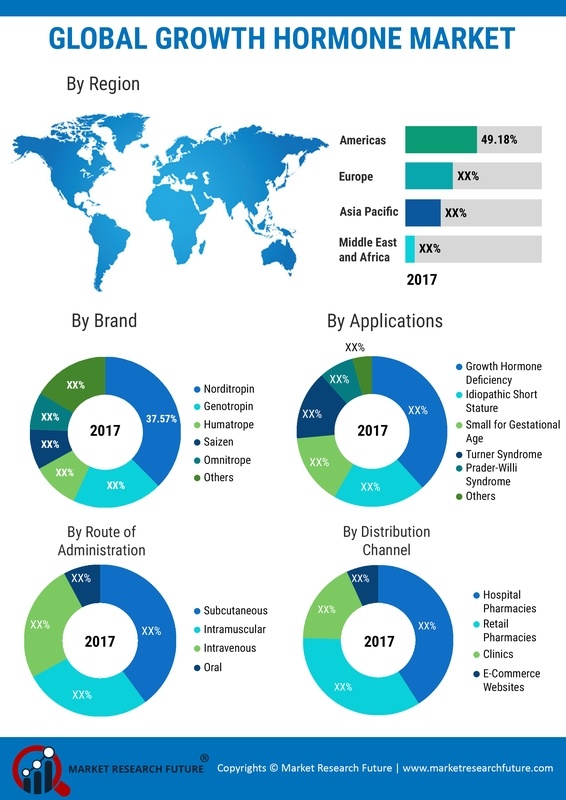

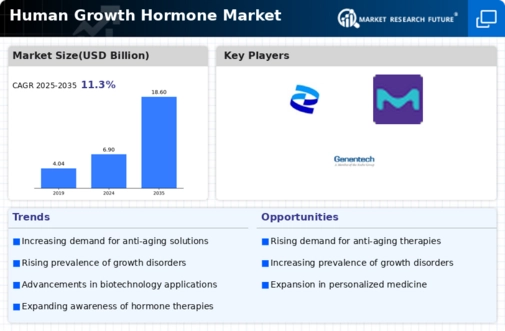
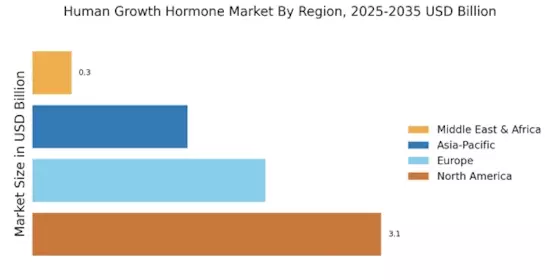

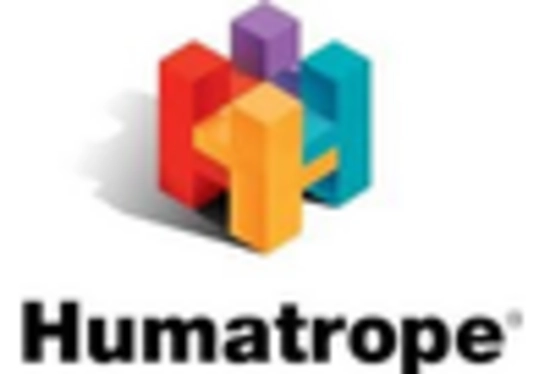


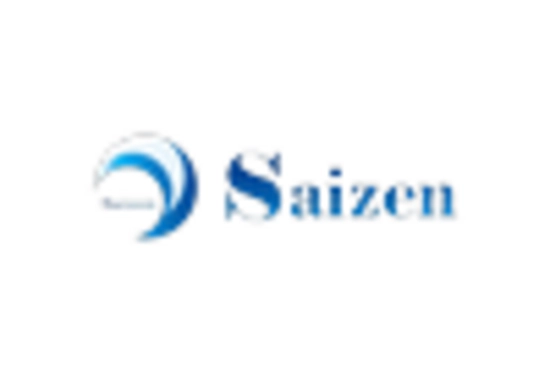









Leave a Comment